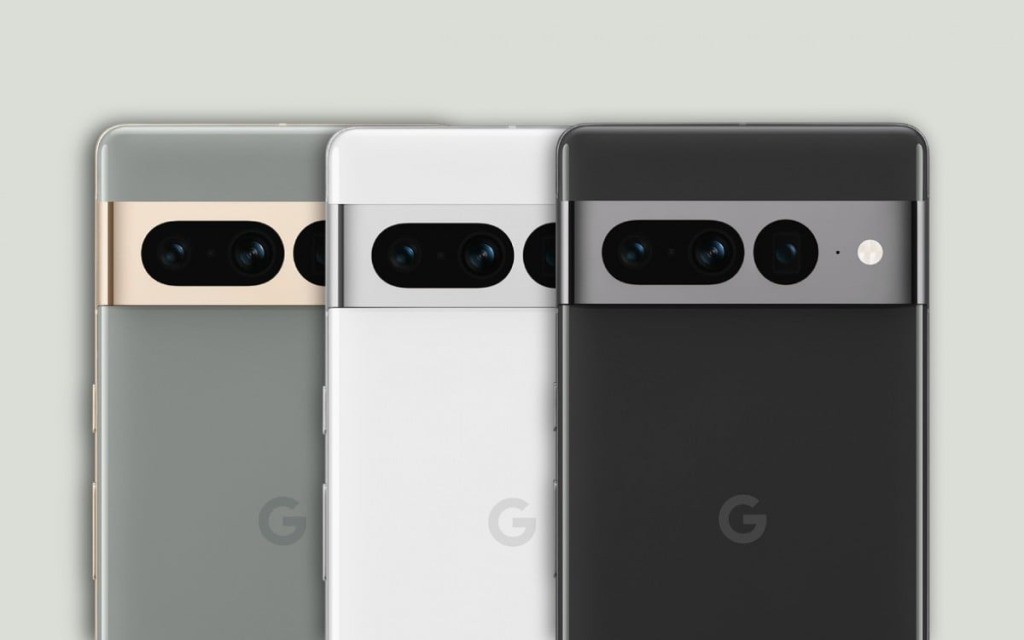Is buying an older flagship really better than buying a new mid-range phone?
If you're looking to upgrade your smartphone, the options are vast. Whether you're looking for top performance, the best camera, sleek design, or durability, there's a phone that'll do the job in the mid-range.
However, if you want a device that offers a balance of all these features, your choices will likely narrow down to the top flagship models. These phones offer the best of everything, from performance, camera quality, design, etc.
But a brand new flagship comes with a hefty price tag and not everyone can afford it, which often leads many people to consider a mid-range phone instead.
Another option, however, is to opt for an older generation flagship, which can be significantly cheaper. But is buying an older flagship really better than buying a newer mid-range phone?
Design
First impressions matter, especially with a smartphone. The design of a phone is the first thing we notice, and flagship phones always make a strong visual impact. They are crafted with premium materials like glass backs and meticulously designed metal frames to give a premium feel from the moment you pick them up.
Some brands even maintain a consistent design language for their flagship products to make them recognizable. For example, Apple's iPhones, from the 11 to 14 series, look quite similar. Likewise, the latest Galaxy S series phones like the S22 Ultra, S23 Ultra, and S24 Ultra share the same design, just with different shell materials.
The consistency in design makes these phones instantly recognizable as flagship devices. Even if a brand changes things up in the next iteration, the designs have been repeated enough that they are easily recognizable as top-of-the-line flagships.
Mid-range phones have also come a long way in recent years, as manufacturers step up their designs. Brands like Xiaomi, Realme, and Samsung 's A-series offer devices that borrow designs from their flagship counterparts.
For example, a mid-range phone in 2024 will often have features like thin bezels and official IP-rated dust and water resistance, which used to be standards only found on high-end phones.
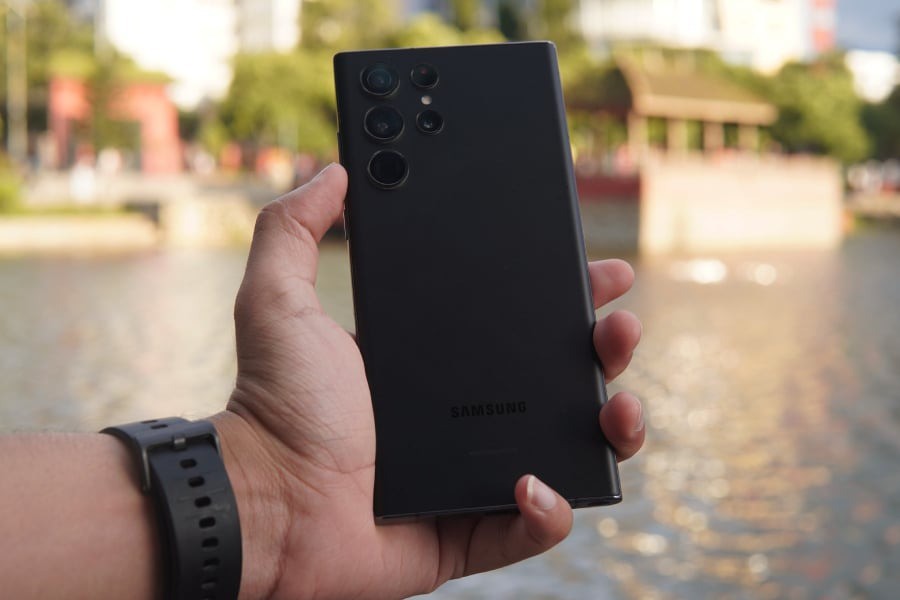
However, being mid-range means there will inevitably be cost cutting, and that often involves material quality. Most mid-range phones use plastic instead of glass, and even those with glass backs often have plastic frames.
That's not to say that plastic is bad quality; in fact, plastic can withstand impacts better than glass. However, it's unlikely to have the premium feel of a top-end flagship.
Flagship phones also tend to have better screen protection, often with more advanced protective layers like Corning Gorilla Glass Victus or Victus 2. While Gorilla Glass protection is now common even on mid-range phones, it's usually older generations like Gorilla Glass 3 or 5.
However, none of these are completely shatterproof or scratch-proof, so many users still prefer to use screen protectors, making this no longer a deciding factor in durability.
Overall, flagship phones still have the upper hand in terms of design, making them the winners in this category.
Display
Display quality used to be one of the most noticeable differences between flagship phones and mid-range phones. But it's no longer just the traditional distinction between AMOLED and IPS LCD displays. AMOLED displays have become quite common even in the mid-range segment.
The difference lies in the underlying display technology, such as LTPO (Low-Temperature Polycrystalline Oxide). LTPO panels, still mostly reserved for high-end phones, allow the display to dynamically adjust its refresh rate, down to 1Hz, to improve battery efficiency.
While variable refresh rates are a notable advancement, their impact on everyday use isn't as significant as you might think. Mid-range phones that always run at 120Hz, like the Samsung Galaxy A54, also offer similarly smooth animations and scrolling experiences.
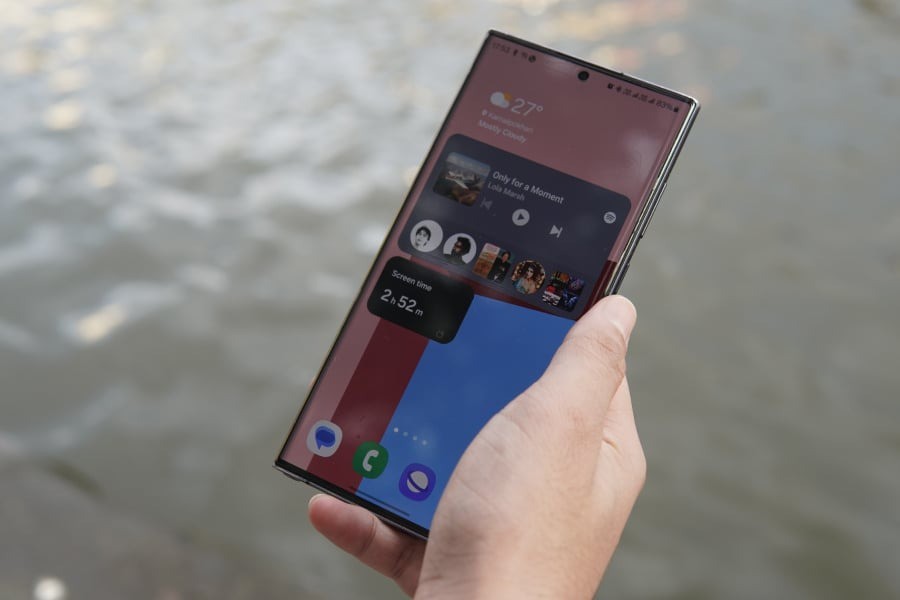
The real difference is in the overall quality of the panel. Flagship phones, even older ones, always offer a superior viewing experience thanks to higher-quality materials and more accurate color calibration. These displays excel in color accuracy, viewing angles, and brightness, areas where mid-range devices can fall short.
Brightness used to be the main differentiator between flagship and mid-range phones. Higher brightness used to be reserved for flagship models, but mid-range phones are catching up, with some even outperforming flagship phones in this regard.
For example, the Galaxy S23 Ultra has a peak brightness of 1,750 nits, while the mid-range Redmi Note 13 Pro Plus has a peak brightness of up to 1,800 nits. As mid-range phones close the brightness gap, this factor may soon no longer be a real differentiator.
However, flagship displays still hold the advantage thanks to refined performance and advanced features like LTPO technology. In terms of display quality, older flagships still have the upper hand.
Camera
Cameras are one area where even flagship phones a year or two old still outperform mid-range models. High-end phones often have versatile camera setups, with superior main and ultra-wide sensors, along with telephoto lenses for incredibly detailed portrait shots.
In addition to hardware, top-of-the-line cameras benefit from advanced computational photography algorithms that allow them to excel in challenging situations, delivering images with impressive detail, dynamic range, and low-light performance.
Mid-range phones have also made impressive advances in camera technology. It’s not uncommon to find a phone with a camera resolution higher than 108MP in this segment, and they generally perform well in good light. However, it’s clear that mid-range phones still can’t match the quality or hardware versatility of a flagship camera.
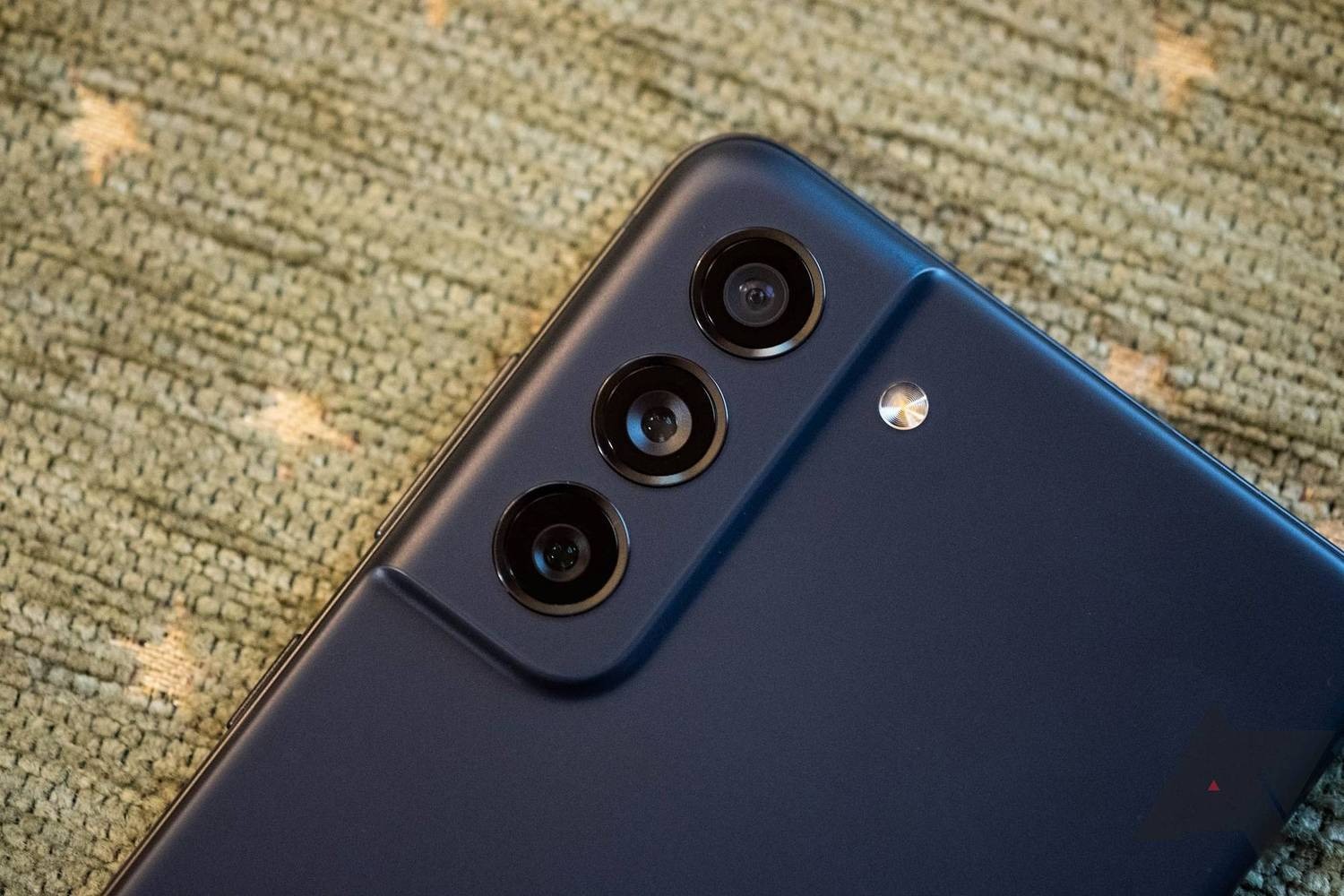
Efficiency
It's no surprise that the once-glaring performance gap between flagship and mid-range phones is narrowing every year. Flagship phones have traditionally been synonymous with smooth user experiences and superior gaming capabilities. But chipmakers like Qualcomm and MediaTek are working hard to close that gap.
Take the recently launched Snapdragon 7+ Gen 3 chip, for example. The processor has the same Cortex-X4 performance cores as the flagship Snapdragon 8 Gen 3, albeit at a slightly lower clock speed. This processor makes most smartphone tasks, including heavy gaming, a breeze on mid-range devices.
Sure, flagships still offer a slight performance advantage. But for everyday use, the difference is becoming increasingly negligible. Mid-range phones also don't skimp on RAM and storage anymore. Modern devices offer plenty of both, often adopting faster options that keep things running smoothly.
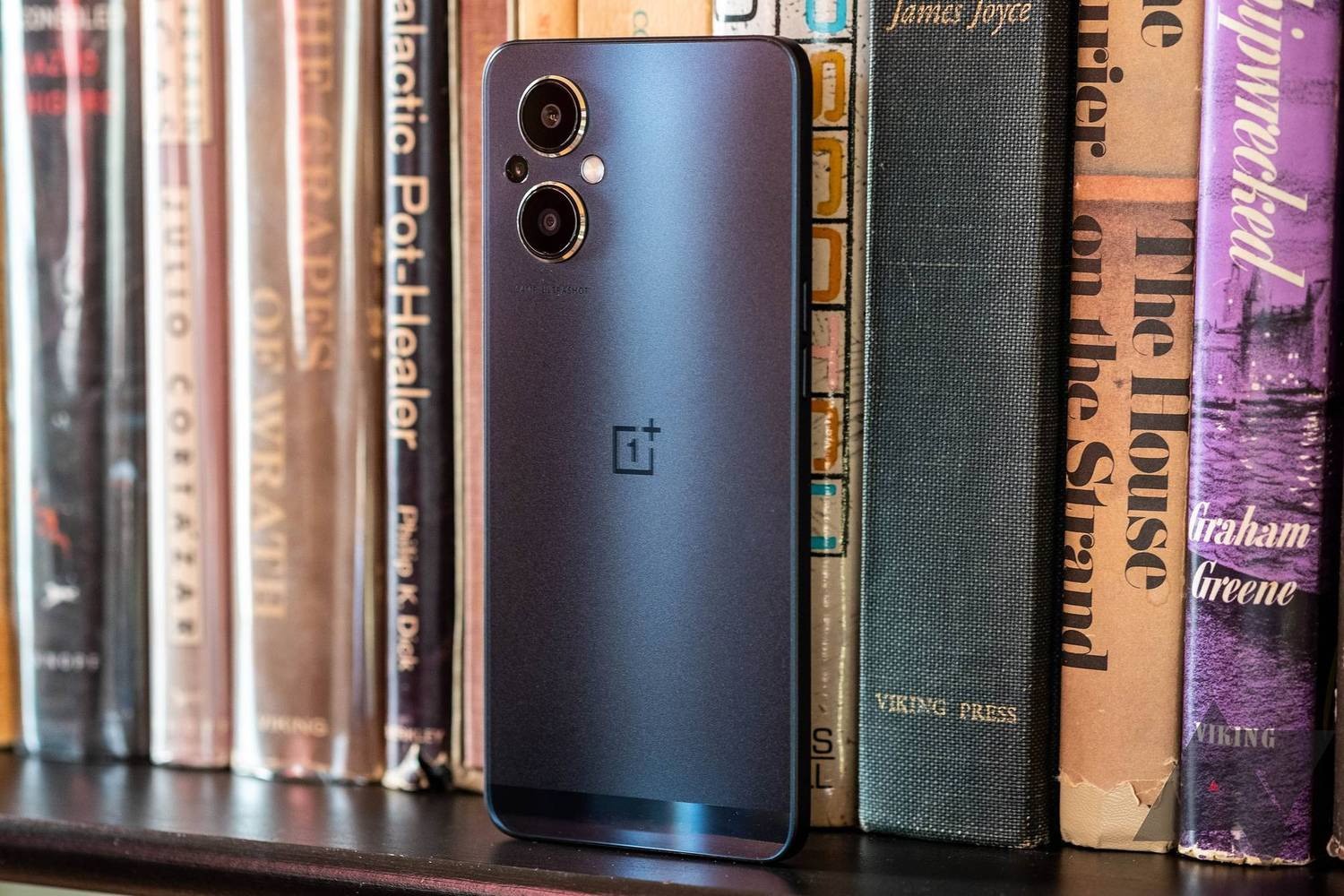
Battery and Charger
Over time, older flagships will naturally experience battery degradation, which can lead to reduced battery life. Conversely, newer mid-range phones, with new batteries, will naturally have better battery life.
Newer phones also benefit from lower-power processors and Full HD displays, resulting in better battery efficiency than older flagships with QHD displays and power-hungry high-end processors.
However, mid-range phones tend to charge slower than high-end models. Wireless charging support is also rare in the mid-range segment.
Ultimately, the choice comes down to your priorities. Mid-range devices excel when it comes to battery life, but if fast charging and wireless charging are important factors, older flagships can still deliver those benefits.
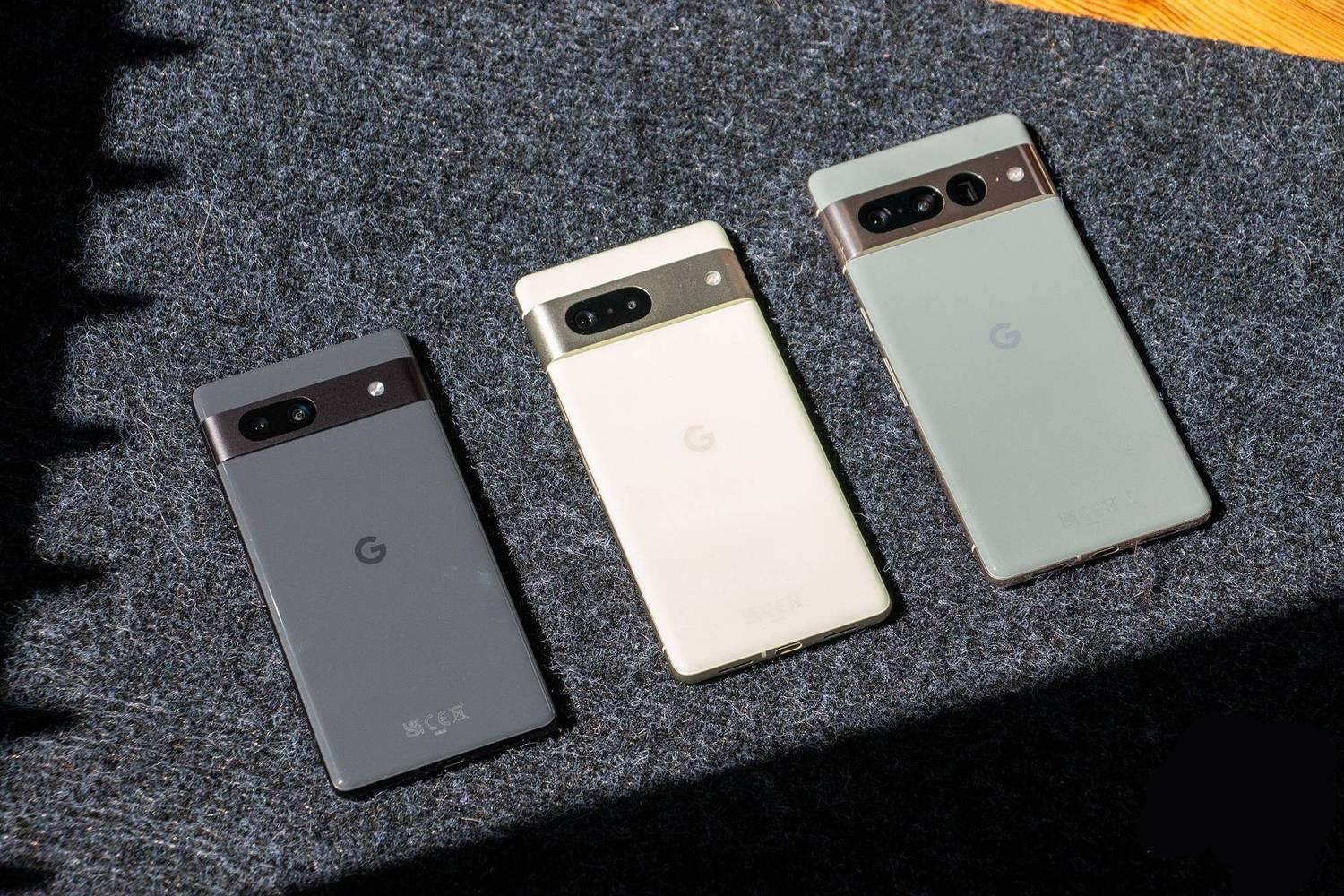
Conclude
When deciding between an older flagship and a new mid-range phone, your choice will depend on your priorities.
If premium build quality, superior display technology, and better camera performance are important to you, an older flagship is a better choice. These devices still offer a premium experience that newer mid-range phones can't match.
On the other hand, for better battery life and reliable performance, a newer mid-range phone might serve that purpose better.

